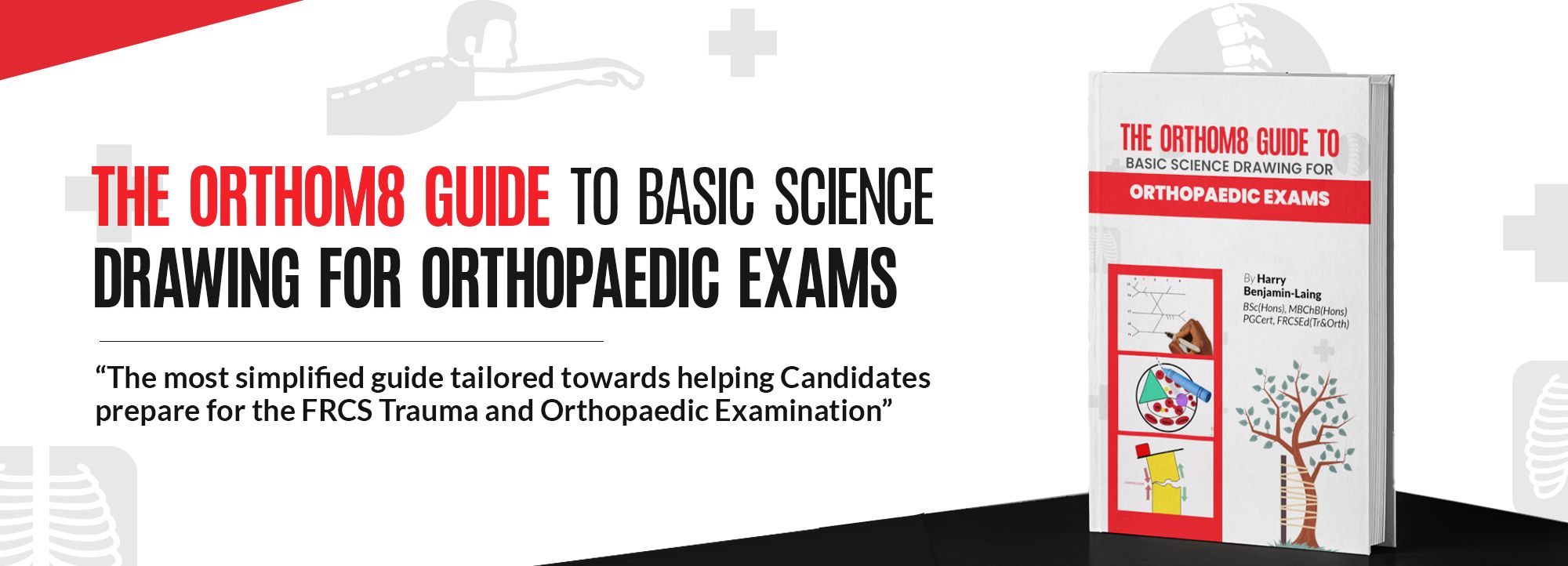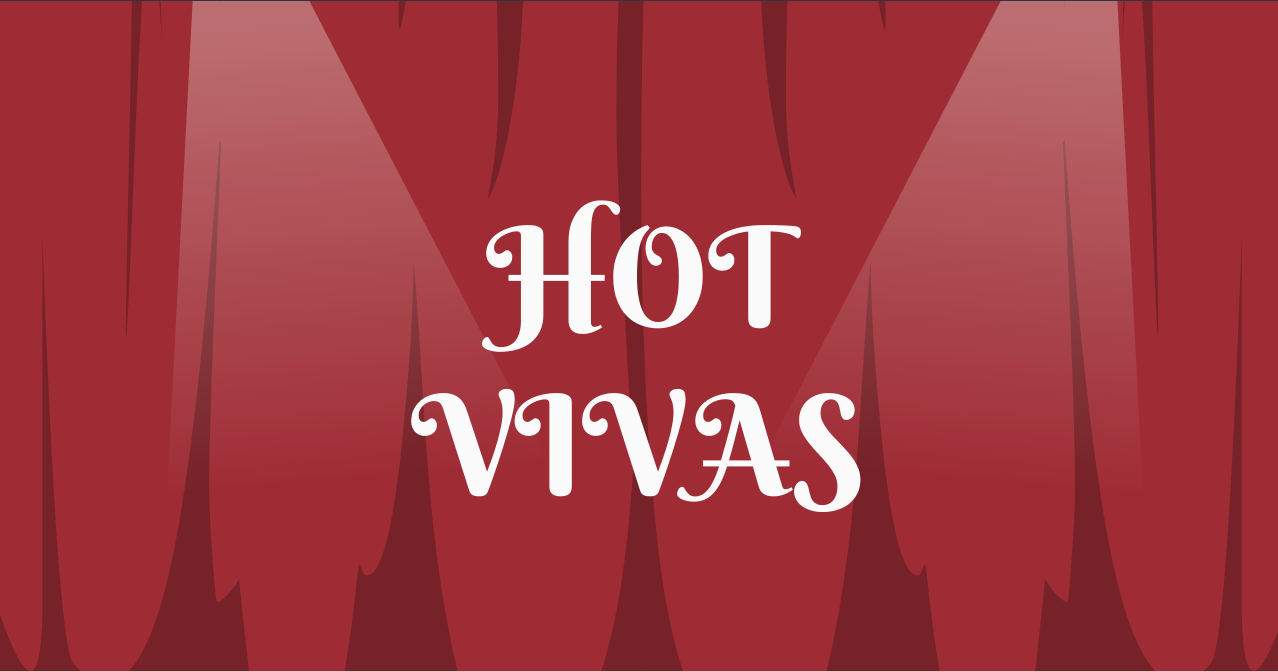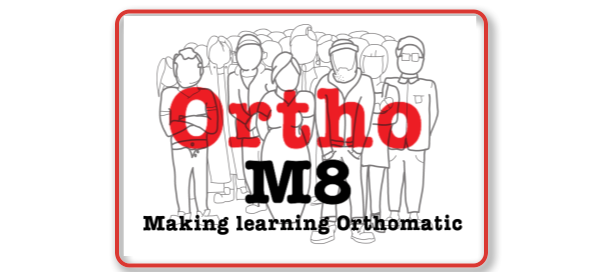Introduction
The idea for writing this book

The idea for writing this book was suggested by candidates preparing for the FRCS Trauma and Orthopaedics examination. Many candidates struggle to express themselves in the examination when under pressure. Indeed having prepared for the examination recently I found an abundance of resources on social media suggesting tips on what to draw for the examination but not many that replicated the exam experience.
The traditional examination involved candidates rote learning facts and regurgitating these to astound examiners. The candidates would usually be asked about a topic and they would proceed to dazzle the examiner with a comprehensive tutorial including a practised diagram on a number of common topics.
As with the Doctor-Patient relationship, the Examiner-Candidate relationship has also evolved from a one sided didactic monologue to a discussion amongst colleagues. (Do remember that this is still a senior colleague interested in your thoughts and how you make decisions).
The new exam format has an emphasis on “Higher order thinking” and requires the candidate to have undertaken some elaboration in order to be able to deliver an answer and successfully navigate the exam. Candidates who elaborate whilst preparing for the exam will find it easier to retain the information and also demonstrate that they have sufficient knowledge and capabilities in the breadth of orthopaedics to perform at the level of a Day 1 Consultant. Higher order thinking involves the activation of prior knowledge and often experience to deduce the right answer.



Want tailored practice?


